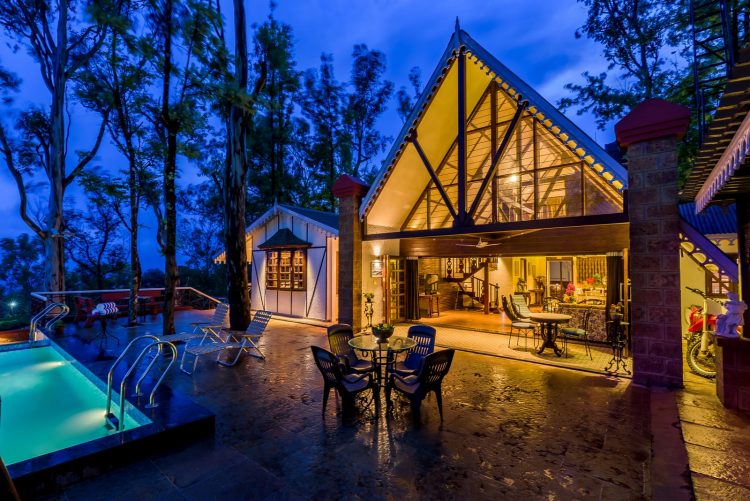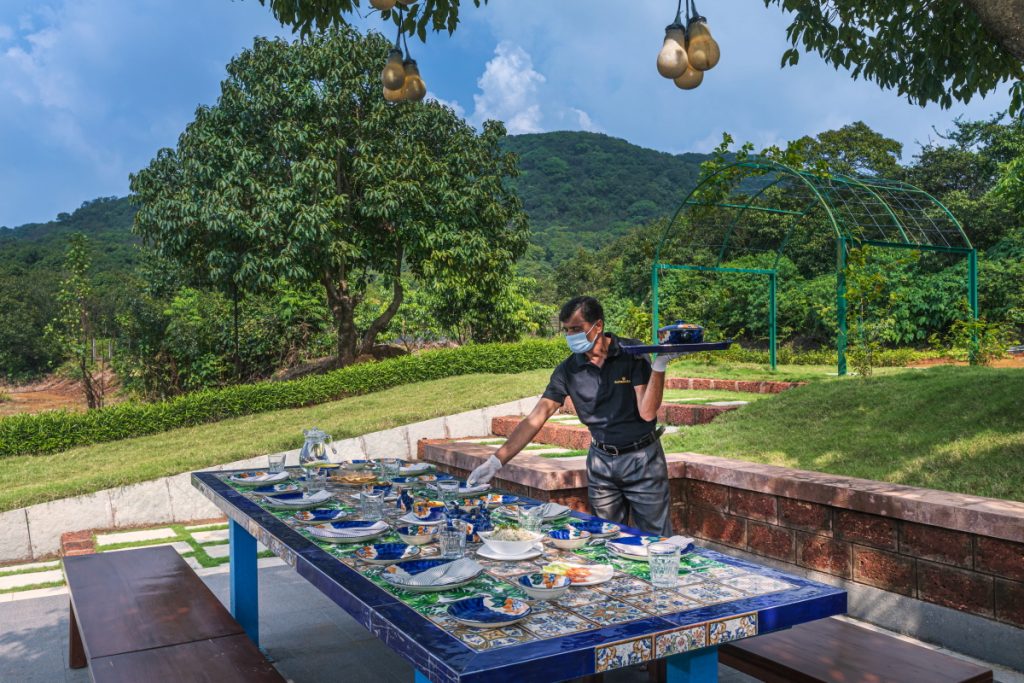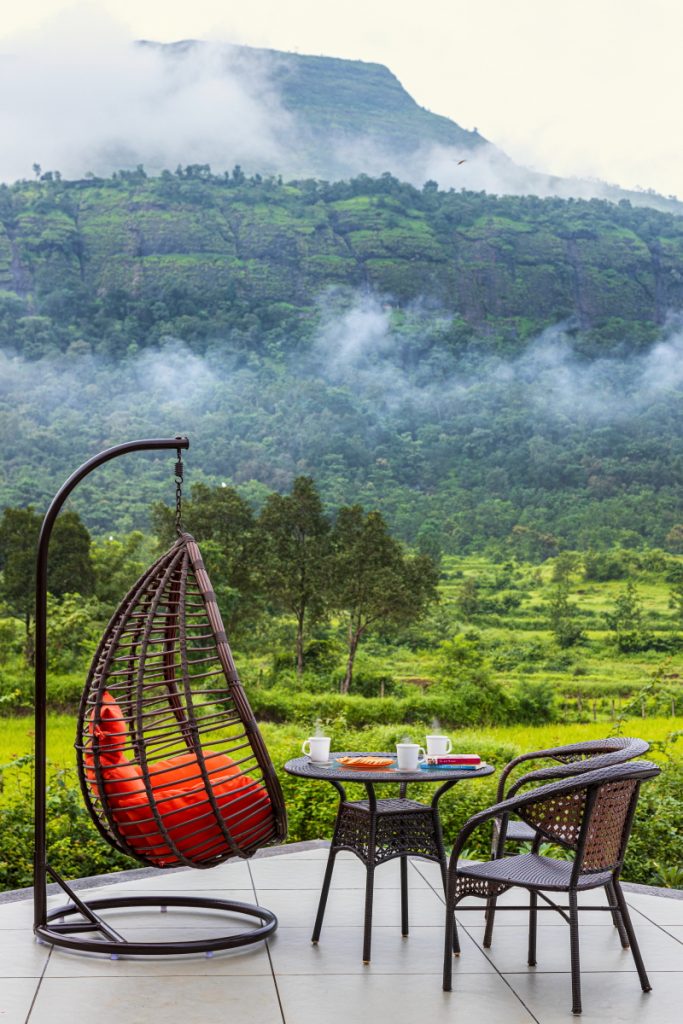From a 17th Century Hunting Lodge to a Netflix Show – vacation rentals have had the most promising coming-of-age character arc.
Remember going to your father’s friend’s farmhouse in Khopoli during your summer vacations? Or using a relative’s home as a pitstop before you head to the hills or the beaches? I remember my parents hosting many such relatives in our tiny Mumbai apartment where we were the hosts, the travel guides, and the entertainers, too.
Vacations in the good ol’ days meant making the most of pre-existing assets. But as travel evolved and people started exploring more, so did the concept of accommodation. So how did vacation rentals really begin?
Old wine in a new bottle, vacation rentals were always around us. We just never realised their true potential or formalised them the way they have been now. We also didn’t know them by the same name. Almost a 400+-year-old segment, it has aged well, and how!
Heard of the famous Treaty of Versailles?
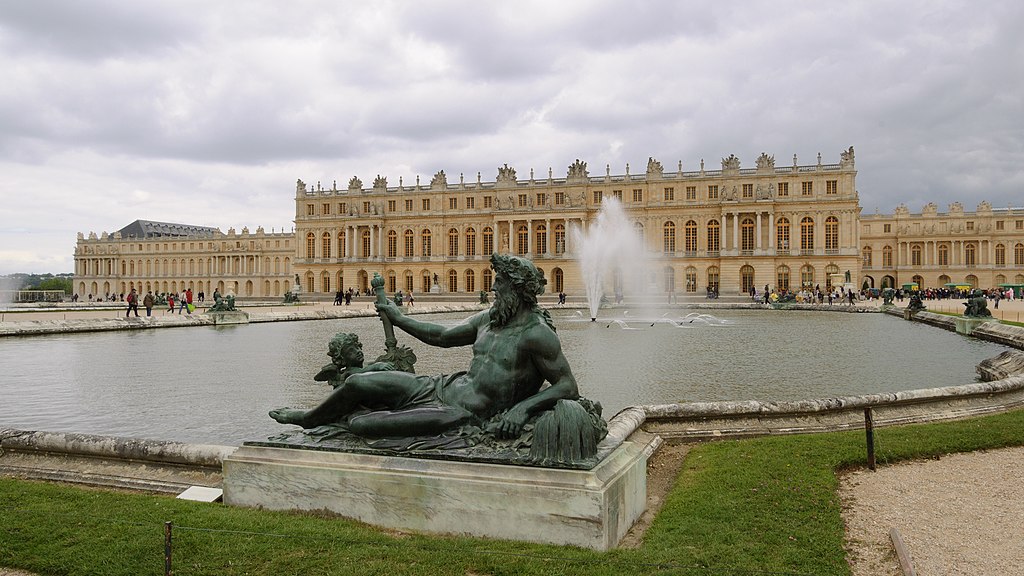
(From Wikipedia: By King of Hearts – Own work, CC BY-SA 4.0)
Most of us may have, in our history textbooks. But have you heard of Palais De Versailles? Built by Henry the XIII, it was used as a hunting lodge in 1623-24, and is touted to have started the trend of vacation rentals. In 1631, they replaced the lodge with a small château. Simple times.
Oh! Where the Pope retires…
Ever wondered where the Pope would unwind centuries ago? Acquired by the Vatican in 1596, the Palace of Castel Gandolfo, which was of great significance during World War II, served as a summer residence and a vacation retreat for The Pope since the 1600s.
(We knew you were only thinking about YOUR next retreat.)
How about snail mail as your vacay planner?

Phone a friend toh bahut sunaa hai. But have you heard of ‘snail mail a friend’? In the 1800s, when you wanted to get away from the city, you’d snail mail your friends with vacation homes, asking if you could use it. This long, awkward silence got better in 1837 with the advent of the telegraph making it faster and easier for one to respond to such ‘friendly requests’.
As they ALL say, sharing is caring
Post World War II, folks in Europe drifted towards the concept of sharing vacation homes. They would jointly buy a vacation villa and use it exclusively for one of the 4 seasons. Each family got to enjoy a particular season to its fullest. However, only a few families would end up vacationing for the whole season so they thought of monetising it for the vacant periods. This was just the start of timeshare and vacation rental markets, the way we know them today. Similarly, in the 1950s, people in the USA started giving out their homes as vacation rentals by placing newspaper listings as they saw some value in capitalising on it.
Own a ‘piece’ of a home
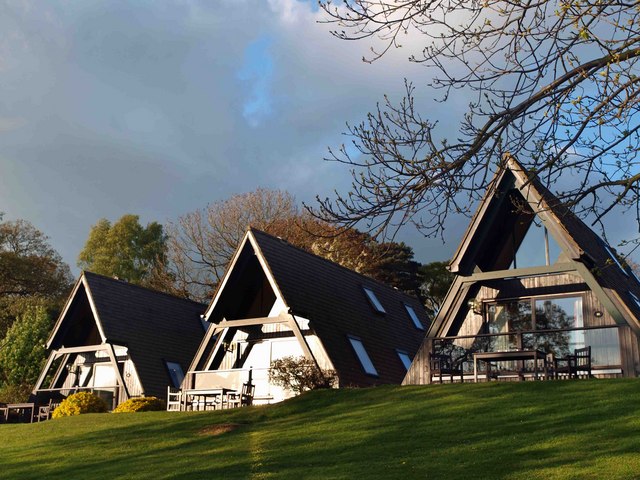
Credit: By Steve F, CC BY-SA 2.0, Wikimedia
A little later – in the 1960s – the concept of timeshares or fractional ownership was introduced by a developer named Hapimag and his partner Dr. Guido Renggli who constructed a 13-unit resort in Switzerland. It not only brought the costs down but also ensured the space’s wear and tear was shared equally among all owners. Interestingly, the first timeshares strategy involved convincing travellers that buying a room in a resort was far cheaper than renting one out. The concept furthered and people started doing the same for condos.
The more popular the concept got, the more convenient it was for the developers to expand geographically. Since it was unregulated, it got easier to replicate the model. But owing to the quality of lodging, cheating, misleading promises and other dishonest activities, it became important to put some order to it. So, councils were formed, licensing was put into place, newer amenities were added and partnerships were forged. By 1985, The USA founded the Vacation Rental Management Association to put things in order. (37 years later, in India, a policy exclusively reserved for vacation rentals is in the process of being drafted.)
New-age short-term rentals
With the advent of the internet, Vacation Rentals By Owner (VRBO) was launched in 1995 for short-term rental bookings. Similar to the online booking platforms today, it allowed people to choose from a variety of homes that were managed by home owners. Booking.com, a Netherlands-based travel fare aggregator that provided a list of hotels and lodging options in 1996 followed suit. It was also the first in the business to advertise vacation rentals.
Around the same time, Craigslist, which started off as an email distribution list that featured local events, expanded into a classified ad website for jobs, housing, community services, and other such services. Soon, it started taking requests for sublets, short and long-term rentals.
Surfing but on the couch!
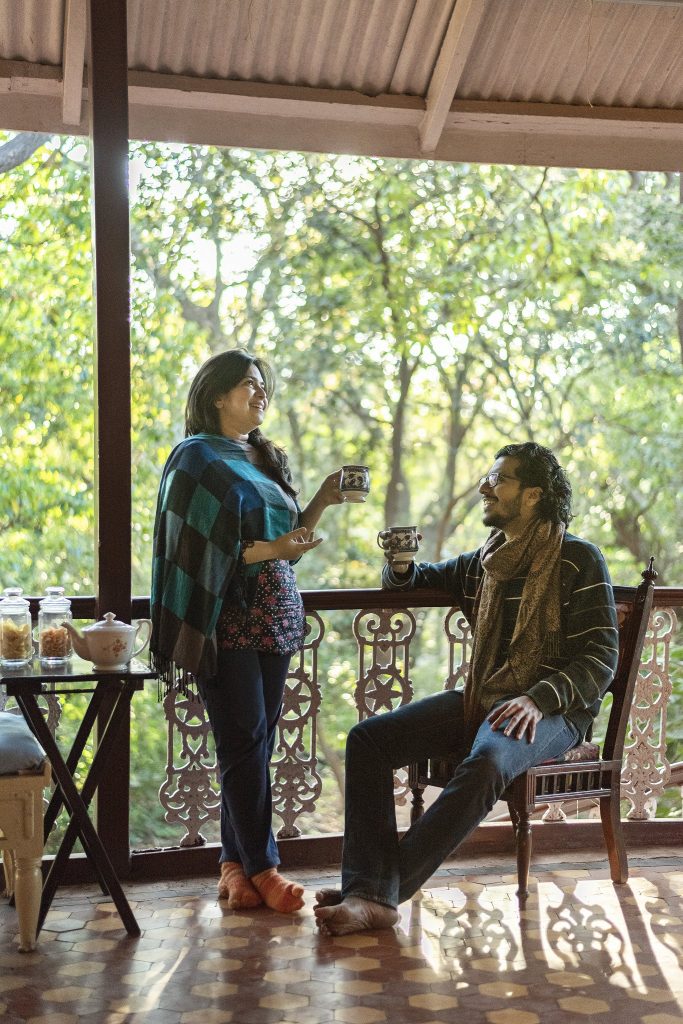
No, we aren’t talking about surfing the internet. As the travel industry evolved, people felt the need to connect with like-minded individuals and travel solo. This gave birth to couch surfing – a social networking service and hospitality exchange service that started in 2003. Hosts here do not charge for the stay; operating on the ‘paying after yourself’ concept, the guests volunteer in exchange for stay, and usually end these trips by gifting a memoir to their hosts. While some countries charge a subscription fee for security and verification, this turned out to be a starting point for experiential stays.
HomeAway from home…
In 2005, five different rental sites got together to develop a vacation rental marketplace – HomeAway. It operated via 50+ websites in several languages and gave customers an option to choose from cabins, condos, castles, villas, barns and farmhouses. After raising funds and expanding globally, it acquired VRBO.
Your BnB’s here – in formal attire.
While the market for vacation rentals was still niche in 2008, Airbnb, a San Francisco start-up, launched as an online marketplace for people to rent out rooms in their homes – probably one of the first companies to do so. Beautiful glasshouses, cosy dens, hillside chalets introduced people to never-lived-before experiences. Earlier meant for the experimental lot, this DIY concept was cost-effective and unique. It further enhanced the customers’ stay with Airbnb Experiences, where guests could participate in city tours, events, and classes to get up, close and personal with the destination and the locals.
Your alternatives are here!
By 2013, the above category widened, and people became more experimental. People started looking at these more affordable options with experiences different from a regular hotel. BnBs gave rise to alternative accommodation start-ups that offered exclusive, fully staffed, and serviced private spaces. For the longest time, many thought it would be hard to match the hotel standards. But as concern about villas and private bungalows being white elephants increased, the need for having regulated operators rose, too.
A well-travelled individual who wanted to have a do-nothing vacation with only their loved ones for company started getting pulled towards alternate accommodation. These places had professional property managers and companies looking into every little aspect of running it – the professionalism of a hotel combined with the charm and comforts of a beloved second home. Purpose-driven, they started offering flexible accommodation, home-cooked meals, and certainty and privacy to you and your group. Someone Do It For Me (DIFM), ya!
But are they really ‘alternatives’?
By 2019, of the four vacations a person/family took every year, 1 or 2 were spent at a holiday home. This could be because of the hesitation and untrusting outlook towards them compared to a hotel. A lot of it was basis word of mouth. However, COVID-19 was a watershed moment in the history of this industry. They entered as disruptors and turned mainstream. The luxury of owning the space in the comforts of your people and accessing all amenities away from our apartments – sounds good! This had many traditional resort-goers switch gears, and they now recognise, acknowledge and consume private vacation homes in the same manner.
Professional vacation home management companies worldwide have put some method to the madness with a zing and brand value of their own. Responsibilities are offered from reservations to operations, staffing and managing the place, marketing it, and accounting, among other services. Many also partner with Online Travel Aggregators (OTAs) as distribution channels, help in guest relationship management, and have account managers for consistent communication and long-lasting relationships. They all fit the bill from castles, heritage homes, palaces to houseboats, treehouses, villas, container homes, and more. And they are not just limited to a quick getaway or a home away from home. You can have an intimate celebration, a workation, a team outing, your pet’s birthday, and so much more!
The rage is so huge that even leading hotel chains have started venturing into this category as a natural extension of their services.
Your uncle’s farmhouse is no longer only reserved (just) for you!
(Feel like taking a break? May we suggest these Top 10 pool villas near Mumbai & Pune to you!)
